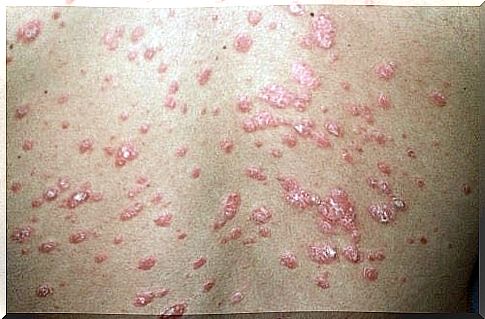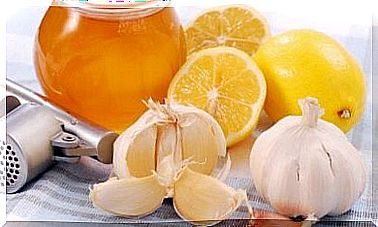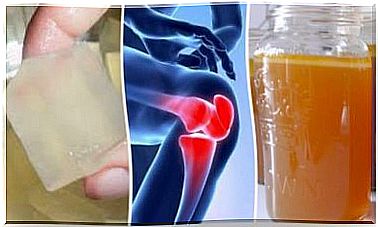The Different Types Of Psoriasis
Although it is not a dangerous condition, psoriasis is an inherited disease which, if it shows very conspicuous flare-ups, can affect the self-esteem of the patient. the person who suffers from it.

Some people have scales that vary in color between white and silver tones, depending on the severity of the condition.
What is psoriasis?
This autoimmune condition causes the white blood cells to function very quickly.
The layers of the skin regenerate faster than in normal cycles of cell regeneration, exposing the person to lesions that cause itching and irritation.
This disease is often inherited and is more common in men than in women. If there is no history in your family, you can rest easy because the risks of being confronted with it are minimal.
Psoriasis is often caused by physical and psychological exhaustion which puts stress on the body and mind.
A wandering lifestyle, problems at work, or personal issues can act as triggers if they are prolonged over time.
What are the different types of psoriasis that exist?
There are different types of known psoriasis. So that you can follow the correct treatment, it is important that you know which one you are suffering from.
Plaque psoriasis
It is the most common form of psoriasis known and characterized by excessive plaques on the skin. It usually appears on the knees, elbows, face, ears and back.
At first, it may seem like a normal rash, but applying over-the-counter creams will not resolve the plaques. The rashes become red patches, with a scaly texture and patches of skin that have well-defined edges.
Plaque psoriasis is very itchy and in some cases can lead to bleeding from the dryness or excessive itching.
In the event that it affects your scalp, white colored scales like dandruff appear.
In the case of the nails, they break and even peel off, sometimes at the start of growth.
Guttate psoriasis
It often produces small red spots on the torso and on the extremities, but does not cover a large area.
Less often, it can affect the ears, face, and scalp. It is more common in people under the age of 30.
It also causes lesions that are not as thick as those that arise in plaque psoriasis.
People with strep or at risk of inheriting psoriasis usually develop it when exposed to cold climates that dry out the skin.
Pustular psoriasis
This type of psoriasis mainly affects adults and is characterized by the formation of white blisters or pustules of non-infectious pus accompanied by reddening of the skin around these blisters and pustules.
The skin tends to redden before the blisters form and is accompanied by itching and pain on the affected area.
Erythrodermic psoriasis
This type of psoriasis is considered one of the most dangerous. Indeed, it covers a large area of skin with reddish spots and coexists with pustular psoriasis.
It is more common in people who suffer from unstable plaque psoriasis, whose lesions last indefinitely.
Reverse psoriasis
It is common in the folds, such as the armpits, groin and under the breasts . This type of psoriasis is particularly uncomfortable because sweating keeps the skin sensitive.
Indeed, it often appears in the form of large spots, but without scales. However, it is easy to detect and covers up and large areas in the folds of the skin.
Nail psoriasis
When the nails itch, develop an irregular surface or are pulled out at the root, this type of psoriasis occurs. This type of psoriasis is similar to that of the scalp or in plaques.
Its symptoms can also be splinters or uprooting of the nails.
Scalp psoriasis
It is often confused with serious dandruff problems. Plus, it usually develops in people who have another type of psoriasis.
It starts with fine scales and ends up forming dense, thick scales, which can spread all over the scalp and surrounding areas, such as the neck, ears, and forehead.
Psoriatic arthritis
People with this other type of psoriasis are usually between 30 and 50 years old. It causes the following symptoms:
- Inflammation
- Pain in and around the joints
- Stiffness or blockage of the joints
- Fatigue or limited movement
- Reddening of the eyes and loss of stiffness in the tendons
It is very important to diagnose and treat the different types of psoriasis on time, so that the joints do not suffer too much, and not for too long.
Psoriasis and depression
People who suffer from some type of psoriasis often have a tendency to suffer from depression.
This is due to the unattractive appearance of the lesions which attracts attention negatively and can affect self-esteem.
This is why if you have some type of psoriasis, it is important to seek support from family and friends so that you can feel understood.
Self-medication is not the solution.
Your immune system is very different from everyone else, and to treat this problem you need different medications for each patient.
Remember, different types of psoriasis can be overcome.









